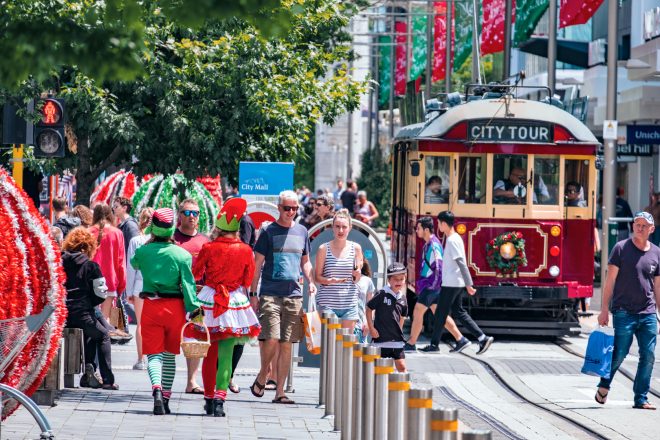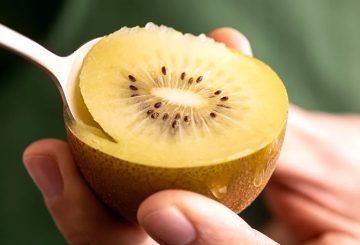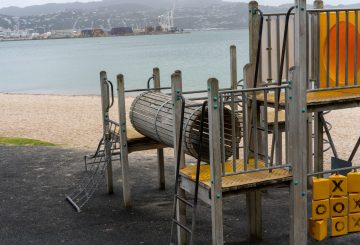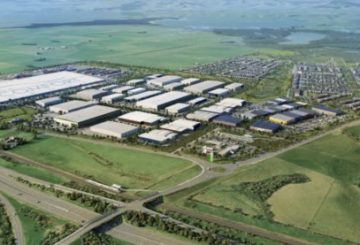新西兰统计部门新西兰统计局周二表示,与 2019 年 12 月相比,在杂货、家具和电子产品方面的支出推动了 2020 年 12 月的销售额,但住宿和燃料支出较低。
新西兰统计局表示,2020 年 12 月零售卡总支出增长 3.5%,与 2019 年同期相比增长 2.5 亿新西兰元(1.78 亿美元)。
统计数据显示,2020 年 12 月季度,使用电子卡的实际零售卡支出为 200 亿新西兰元,比 2019 年 12 月季度增长 4.3%。
该公司表示,2020 年 12 月,六个行业中的四个行业的零售支出与 2019 年 12 月相比有所增长,杂货和酒类以及家具、五金和家电等长效商品的销售额增加。
根据新西兰统计局的数据,实际上,在杂货和酒类方面的支出增长最大,增长 7.5%。
零售统计经理克雷格·利肯在一份声明中表示:“杂货和酒类的持续支出恰逢暑假的第一个月。”
利肯说:“家具和电器产品(如手机和笔记本电脑)的增长反映了新西兰人在圣诞礼物和节礼日销售方面的支出。”
新西兰统计局表示,尽管 4 月和 5 月由于封锁限制而出现了显著平静,但持久耐用品、家具、五金和家电等长效商品的年度卡支出增长了 5%。
它说,在酒店、汽车旅馆和其他住宿方面的支出下降了 32%。
利肯说:“住宿支出低与 COVID-19 旅行限制造成的国际游客不足相吻合。”
新西兰统计局表示,与去年同期相比,外出用餐支出增长了 1.8%。
利肯说:“新西兰人无法在暑假期间进行国际旅行,导致了国内旅游业,并且外出用餐支出有所上升。”
他说,燃料行业支出下降了 12%,补充说,自 4 月份封锁以来,与去年同期相比,燃料支出一直低,主要原因是燃料价格下降。
统计数据显示,2020 日历年的年度零售卡支出总额为 680 亿新西兰元,比 2019 年下降 0.2%。
利肯说:“尽管总支出与 2019 年类似,但支出模式已经改变,酒店和燃料支出减少,杂货、家具和电子产品方面的支出也有所增加。”
他说,杂货、家具、电器和五金产品的支出推动了 2020 年 12 月季度支出的总体增长。






























































